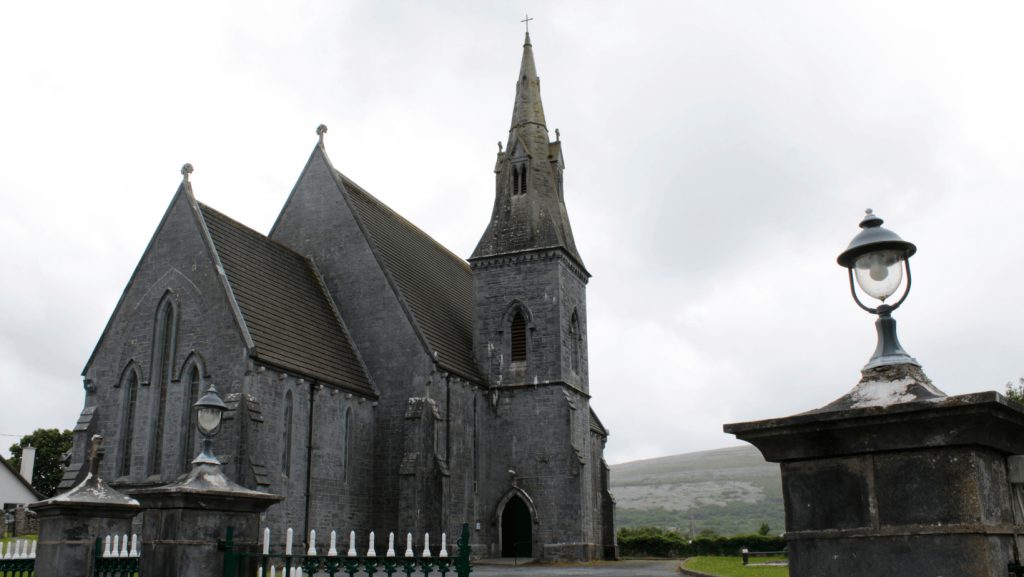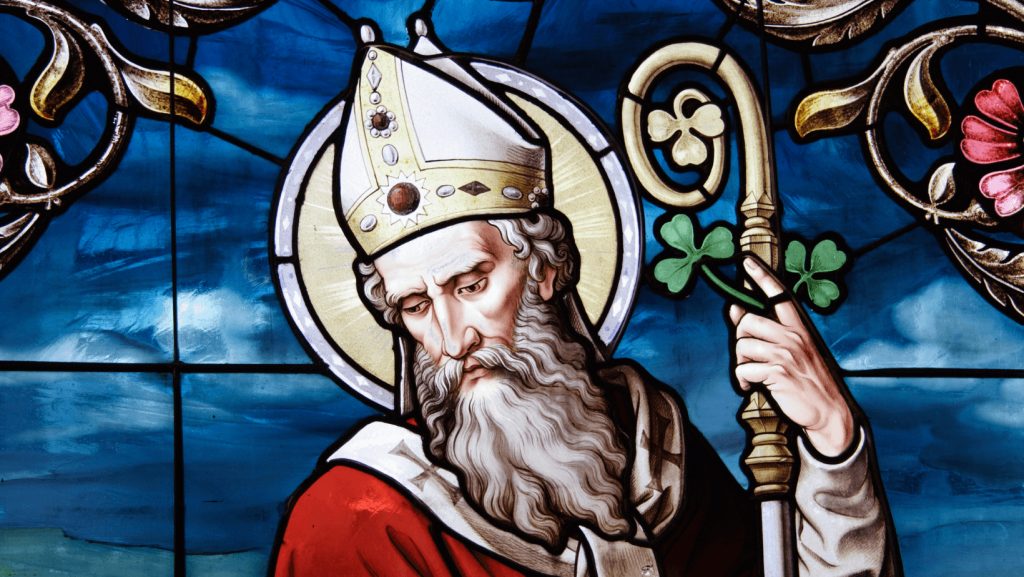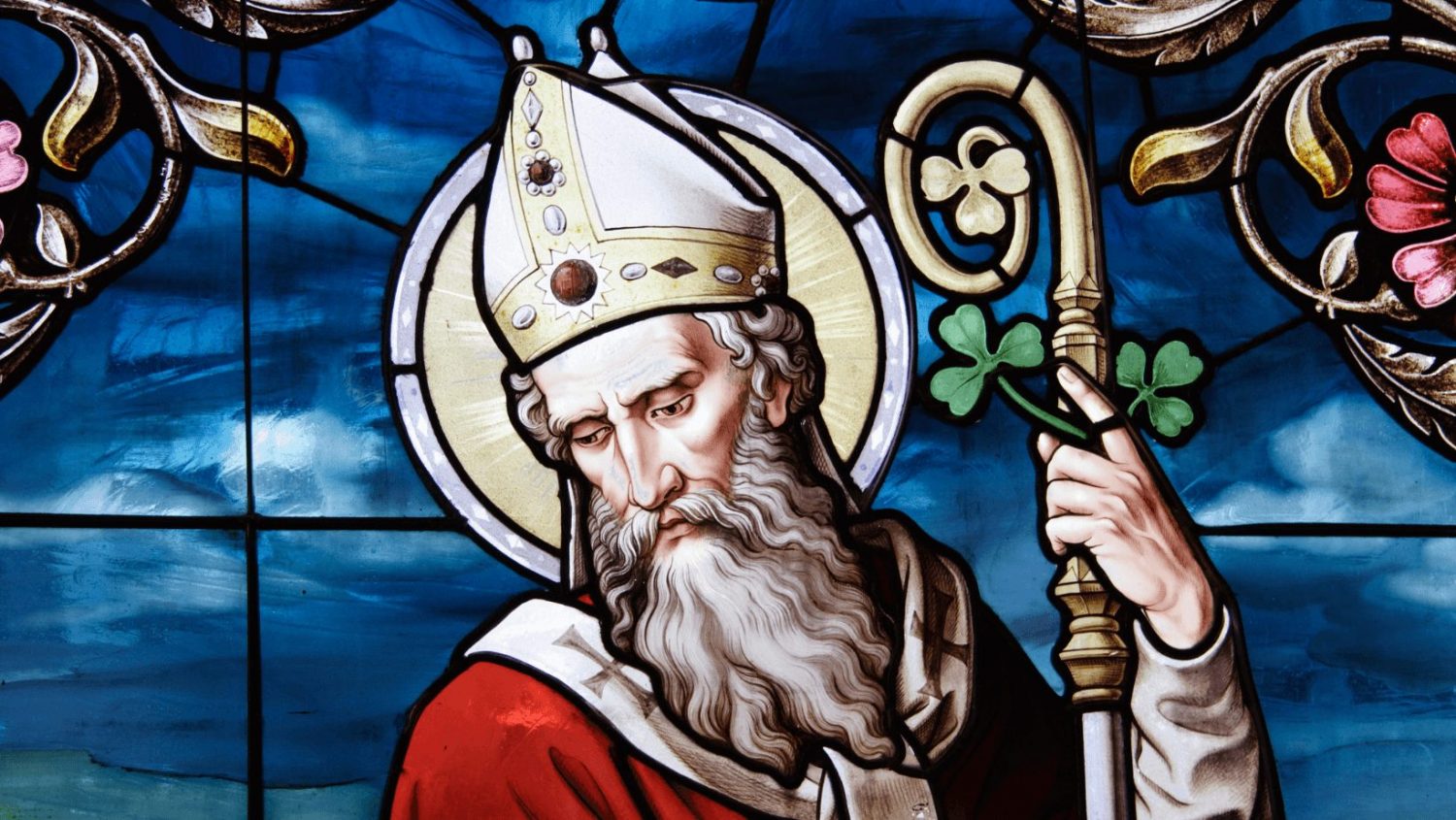
St. Patrick’s Difficult Childhood
Despite St. Patrick’s connection to Ireland, he was actually born in Britain near the end of the 4th century. Although his father was a deacon, it has been suggested that he likely took the role due to tax incentives. There’s no evidence that St. Patrick came from a particularly religious family and it’s believed that he had no interest in Christianity as a young boy.
At age 16, St. Patrick was kidnapped and taken to Ireland as a slave. He spent six years in captivity in Ireland where he worked primarily as a shepherd. It was during this time that he turned to his religion for solace, becoming a devout Christian.
After spending six years in captivity, St. Patrick had a dream that the ship in which he was to escape was ready. He went on to flee his master and found passage to Britain. He experienced more hardships along the way, even experiencing a second brief captivity. But eventually, St. Patrick made it back home to Britain and was reunited with his family.

Return To The Emerald Isle
Despite his hard-fought return home, St. Patrick didn’t remain in Britain for long. In his autobiography, Confessio, he wrote about a dream in which he received a letter titled “The Voice of the Irish.” This inspired him to travel back to Ireland and bring Christianity to its people.
In addition to preaching, writing, and performing baptisms, St. Patrick also laid the organizational groundwork for Christianity in Ireland. He was careful to take a diplomatic approach in his work, regularly offering gifts to kinglets and lawgivers. However, he still lived in constant danger of martyrdom.
St. Patrick’s previous time in Ireland proved to be a major factor in his success. His knowledge of Ireland’s language and customs helped him to convert Druid priests, chieftains, and aristocrats by the thousands. After 40 years of teaching, traveling, and working tirelessly, St. Patrick died on March 17th, 461 AD in Saul, Ireland, where he had built his first church.

Legends Of St. Patrick
In the years since his death, numerous legends about St. Patrick have taken hold. One of the most well-known legends about him suggests that he used the three leaves of a shamrock to explain the Holy Trinity: the Father, the Son, and the Holy Spirit.
Another popular legend states that St. Patrick delivered a hillside sermon that drove Ireland’s serpents into the sea. It’s true that the island is snake-free, but that’s due to its geography rather than the actions of St. Patrick. Scholars believe this story is an allegory for St. Patrick’s eradication of pagan ideology.
St. Patrick himself even wrote that he had the ability to raise people from the dead. A 12th-century hagiography claims he reanimated 33 men, some of whom were said to have been deceased for many years.
Pop Quiz
Dr Pepper (Flaming Dr Pepper)

